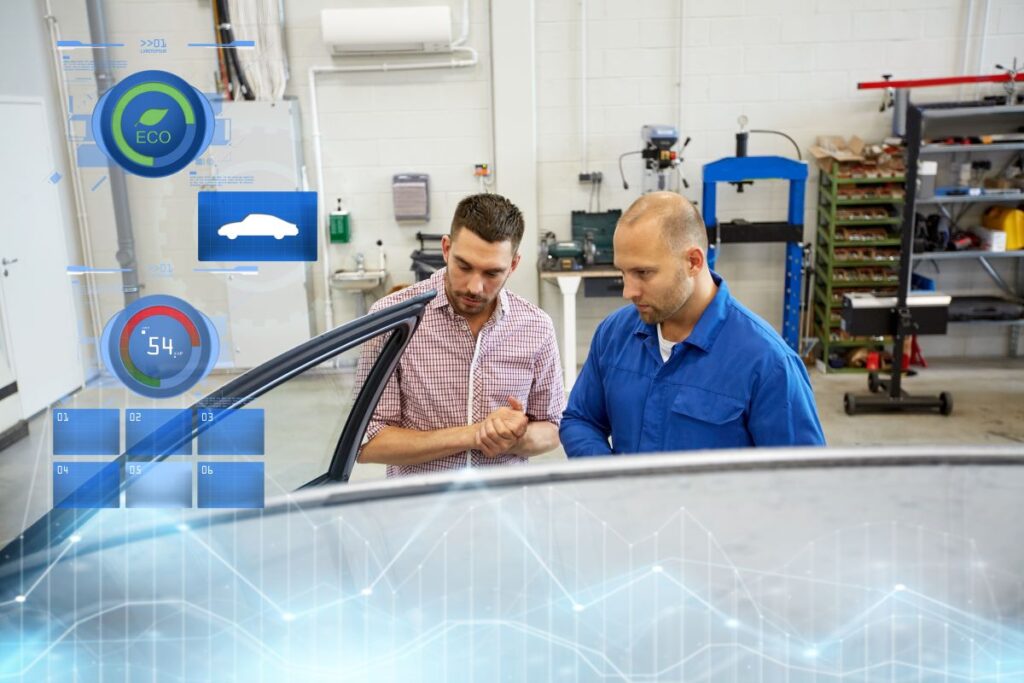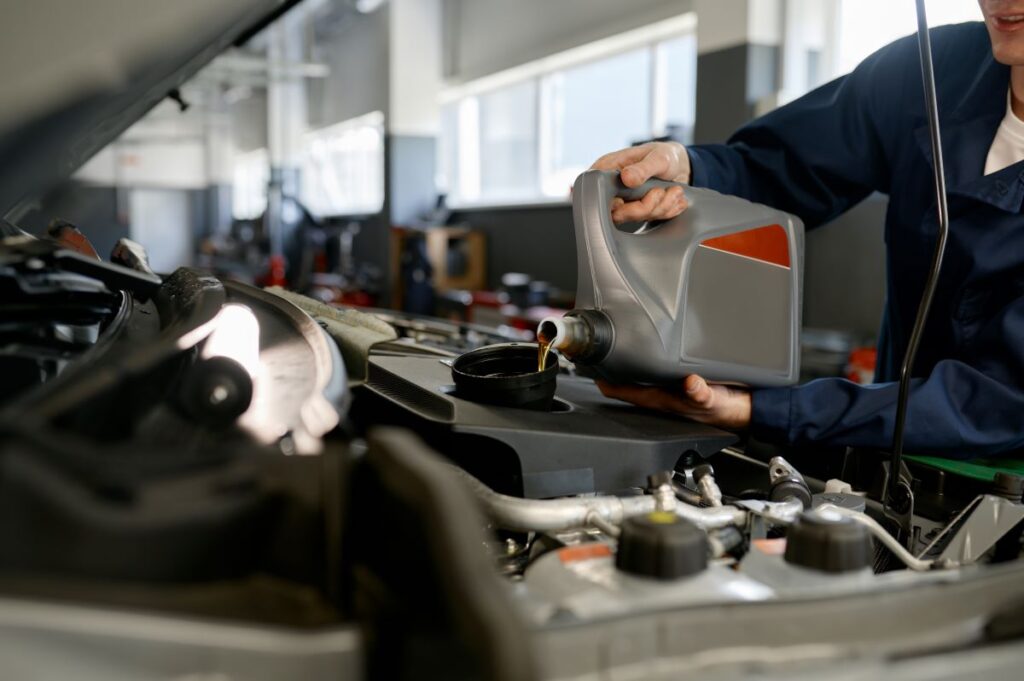Introduction
Every driver has heard stories of Cars that seem to last forever—models like the Toyota Corolla, Honda Civic, or Ford F-150 running strong even after hundreds of thousands of miles. On the other hand, some vehicles begin showing problems just a few years after purchase. Why does this happen?
The difference lies in engineering quality, maintenance, environment, and driving behavior. Some brands prioritize durability through better materials and rigorous testing, while others focus on affordability or performance, sometimes at the cost of long-term reliability.
In this guide, we’ll explore why some Cars last longer than others, how design and usage play a role, and what you can do to make your car’s lifespan much longer.

1. Engineering Quality and Build Standards
The foundation of a car’s lifespan begins at the manufacturing stage. Automakers known for quality control—like Toyota, Honda, and Lexus—have rigorous standards that ensure each component performs reliably for years.
Key Factors in Long-Lasting Engineering
| Component | How It Affects Longevity | Example of High-Quality Brands |
|---|---|---|
| Engine Design | Efficient engines with fewer moving parts reduce wear and tear. | Toyota, Honda |
| Transmission | Durable automatic and CVT systems extend drivetrain life. | Lexus, Subaru |
| Material Quality | Rust-resistant steel and reinforced body panels last longer. | Volvo, Mercedes-Benz |
| Assembly Precision | Better fit and finish reduce vibration and long-term fatigue. | BMW, Audi |

Why It Matters
Cars built with tighter tolerances, premium materials, and better corrosion resistance withstand years of mechanical stress and environmental exposure. Over time, this translates to fewer repairs and higher resale value.
2. Maintenance Habits and Owner Care
Even the most well-built Cars won’t last if neglected. Maintenance plays a critical role in extending vehicle life.
Regular oil changes, timely fluid replacements, and preventive repairs keep key systems functioning properly.
| Maintenance Type | Recommended Frequency | Effect on Longevity |
|---|---|---|
| Oil Change | Every 5,000–7,000 miles | Prevents engine wear and overheating |
| Transmission Fluid Change | Every 30,000–60,000 miles | Extends gearbox life |
| Brake Pad Inspection | Every 10,000–15,000 miles | Prevents rotor damage |
| Tire Rotation | Every 6,000–8,000 miles | Ensures even wear and longer tire life |
| Coolant Replacement | Every 50,000–100,000 miles | Prevents overheating and corrosion |

3. Driving Conditions and Environment
The climate and road conditions in which Cars operate can dramatically affect their lifespan.
- Cold Climates: Frequent starts in freezing temperatures thicken oil and strain the engine.
- Hot Climates: Constant heat can wear out cooling systems and batteries faster.
- Rough Roads: Poor road conditions accelerate suspension and tire wear.
- Coastal Areas: Salt air promotes rust and corrosion.
Example Comparison
| Environment Type | Common Issues | Average Lifespan Impact |
|---|---|---|
| Urban Traffic | Frequent braking, stop-and-go wear | Moderate |
| Highway Driving | Steady speeds, less engine stress | Longer lifespan |
| Mountainous Regions | Brake and transmission strain | Shorter lifespan |
| Coastal Areas | Rust, corrosion | Shorter lifespan |

Why This Matters
Cars driven primarily on highways tend to outlast those used in dense city traffic. Consistent speeds allow engines and transmissions to run efficiently with less stress and fewer heat cycles.
4. Brand Philosophy and Testing Standards
Some automakers design Cars with longevity as a core value, while others focus more on aesthetics, technology, or short-term performance.
Example of Testing Differences
| Brand | Longevity Philosophy | Average Expected Lifespan |
|---|---|---|
| Toyota | Prioritizes reliability and durability | 200,000–300,000 miles |
| Honda | Focus on efficient, long-lasting engines | 200,000+ miles |
| BMW | Emphasizes performance and luxury, less focus on long-term cost | 150,000–200,000 miles |
| Kia/Hyundai | Improving rapidly with stronger warranties | 180,000–220,000 miles |
| Jeep | Built for off-road durability, but often requires more maintenance | 150,000 miles |

Brands like Toyota, Honda, and Lexus routinely test vehicles in extreme heat, cold, and stress conditions to ensure components hold up over time.
5. Driving Habits and Their Impact on Car Longevity
Even well-engineered Cars can wear out early if driven harshly. How a vehicle is treated day to day significantly influences how long it lasts.
Common Habits That Reduce a Car’s Lifespan
| Harmful Habit | Effect on Vehicle | Recommended Alternative |
|---|---|---|
| Rapid Acceleration and Hard Braking | Increases engine strain and brake wear | Drive smoothly, maintain consistent speed |
| Ignoring Warning Lights | Small issues can become major repairs | Address dashboard alerts immediately |
| Riding the Clutch (Manual Cars) | Premature clutch and gearbox wear | Fully depress the clutch only when needed |
| Overloading the Vehicle | Strains suspension and engine | Stay within manufacturer’s weight limits |
| Skipping Warm-Up in Cold Weather | Causes oil starvation and metal fatigue | Let engine idle for 30–60 seconds before driving |
Why It Matters
Smooth, moderate driving minimizes mechanical stress and maintains better fuel efficiency. Over years, this small change can add tens of thousands of miles to a car’s lifespan.
6. The Role of Technology and Electronics in Modern Cars
While today’s Cars are smarter and more connected than ever, increased technology doesn’t always mean greater longevity.
- Complex Electronics: Advanced infotainment systems, sensors, and cameras can fail over time, and replacements are expensive.
- Software Dependency: Cars that rely heavily on software updates may become obsolete if support ends.
- Hybrid and Electric Complexity: These models have fewer moving parts but more electronic systems that require specialized care.
Example: Common Technology Failures
| System | Common Problem | Approx. Repair Cost |
|---|---|---|
| Infotainment Display | Touchscreen failure, dead pixels | $600–$1,500 |
| ADAS Sensors (Cameras, Radar) | Calibration errors | $500–$2,000 |
| Electronic Control Units (ECUs) | Corrosion, data failure | $1,000+ |
7. Gas vs Hybrid vs Electric Cars: Which Lasts Longer?
As more people shift toward hybrids and electric vehicles, questions about their lifespan compared to traditional Cars have grown.
| Vehicle Type | Average Lifespan | Maintenance Needs | Common Longevity Factors |
|---|---|---|---|
| Gasoline Cars | 150,000–250,000 miles | Regular oil and filter changes | Engine wear, heat, and mechanical parts |
| Hybrid Cars | 180,000–300,000 miles | Dual-system maintenance | Battery degradation, electric motor reliability |
| Electric Cars (EVs) | 200,000–400,000 miles | Minimal moving parts | Battery health and cooling systems |
Key Insights
- EVs can potentially last the longest due to fewer moving parts.
- Hybrids strike a balance but depend heavily on battery management.
- Gasoline Cars remain dominant for simplicity and easier repairability.
8. Case Study: Longest-Lasting Car Models
Here’s a look at real-world data based on studies from iSeeCars and Consumer Reports, showing which Cars consistently cross the 200,000-mile mark.
| Model | Type | Average Lifespan | Reliability Rating (Out of 5) |
|---|---|---|---|
| Toyota Land Cruiser | SUV | 300,000+ miles | 5.0 |
| Honda Accord | Sedan | 250,000+ miles | 4.8 |
| Toyota Prius | Hybrid | 250,000 miles | 4.9 |
| Ford F-150 | Truck | 250,000+ miles | 4.6 |
| Subaru Outback | Wagon | 220,000 miles | 4.7 |
Why These Cars Last Longer
- Proven Engine Platforms: Decades of refinement.
- Strong Aftermarket Support: Easy access to parts and repair knowledge.
- Conservative Engineering: Less emphasis on over-complicated tech.
9. How to Extend the Life of Your Car
No matter what model you own, following these steps can help you get the most from your investment:
- Stick to your service schedule (especially oil and coolant changes).
- Use high-quality fluids and genuine parts.
- Keep tires inflated and aligned.
- Park in covered areas to reduce UV and weather damage.
- Drive smoothly and avoid short, frequent trips when possible.
10. Regional Comparison: European vs Asian vs American Cars
When comparing Cars from different parts of the world, manufacturing philosophies and quality standards play a big role in how long each vehicle lasts.
European Cars
- Known for performance, precision, and luxury (BMW, Audi, Mercedes-Benz).
- Typically feature complex engineering and advanced technology.
- Require high-quality fuel and regular professional servicing.
Lifespan: 150,000–250,000 miles
Pros: Excellent performance and comfort
Cons: Expensive parts and maintenance
Asian Cars
- Built with reliability and simplicity in mind (Toyota, Honda, Nissan, Hyundai).
- Focus on efficiency, low maintenance, and long-term durability.
- Designed for everyday practicality and global use.
Lifespan: 200,000–300,000 miles
Pros: Affordable repairs, dependable engines, great resale value
Cons: Less focus on performance or luxury feel
American Cars
- Known for size, power, and comfort (Ford, Chevrolet, Dodge).
- Recent years have seen big improvements in reliability.
- Trucks and SUVs dominate the market due to their toughness.
Lifespan: 180,000–250,000 miles
Pros: Strong engines, great highway comfort
Cons: Less fuel-efficient, sometimes costlier to maintain long-term
Summary Table: Global Car Longevity Comparison
| Region | Common Brands | Average Lifespan | Strengths | Weaknesses |
|---|---|---|---|---|
| Europe | BMW, Audi, Mercedes | 150,000–250,000 miles | Performance, safety | Expensive maintenance |
| Asia | Toyota, Honda, Hyundai | 200,000–300,000 miles | Reliability, low upkeep | Basic interiors, fewer luxury options |
| America | Ford, Chevrolet, Jeep | 180,000–250,000 miles | Strong engines, comfort | Higher fuel use |
11. Environmental Factors and Fuel Quality
The quality of fuel and air conditions also influence how long Cars last.
- High-Quality Fuel: Reduces engine deposits and extends fuel injector life.
- Polluted Air: Increases wear on filters and internal parts.
- Rough Climate: Extreme heat or cold shortens battery and tire life.
Example: Impact of Fuel Quality
| Fuel Quality | Effect on Engine | Maintenance Frequency |
|---|---|---|
| High-Octane (Clean Fuel) | Cleaner combustion, less residue | Normal schedule |
| Low-Quality Fuel | Clogged injectors, engine knocking | More frequent maintenance |
| Contaminated Fuel | Potential engine failure | Immediate servicing needed |
12. Brand Longevity Comparison
Below is a snapshot of average expected lifespans across popular car brands globally, based on reliability surveys and consumer data.
| Brand | Average Lifespan (Miles) | Reliability Rating (Out of 5) | Typical Maintenance Cost (10 Years) |
|---|---|---|---|
| Toyota | 250,000–300,000 | 4.9 | $5,000 |
| Honda | 220,000–280,000 | 4.8 | $5,500 |
| Lexus | 230,000–300,000 | 4.8 | $6,000 |
| Ford | 200,000–250,000 | 4.5 | $7,000 |
| BMW | 180,000–240,000 | 4.3 | $9,000 |
| Hyundai | 200,000–260,000 | 4.6 | $6,000 |
Conclusion
So, why do some Cars last longer than others? The secret lies in a combination of engineering quality, maintenance, environment, and owner behavior.
A well-maintained car built by a reliable manufacturer can easily surpass 250,000 miles. But without proper care, even the best model can deteriorate prematurely.
Ultimately, longevity isn’t luck—it’s the result of smart design, consistent maintenance, and responsible ownership.

Which brand of cars lasts the longest?
Brands like Toyota, Honda, and Lexus consistently top reliability charts, often lasting beyond 250,000 miles with regular maintenance.
What reduces a car’s lifespan the most?
Neglecting oil changes, driving aggressively, and ignoring small repairs are major causes of early car wear. Climate and fuel quality also play roles.
Do electric cars last longer than gasoline cars?
Electric cars generally last longer because they have fewer moving parts. However, battery lifespan depends on proper charging and temperature management.
How can I make my car last 300,000 miles?
Stick to manufacturer service intervals, avoid overloading your car, and drive smoothly. Consistent maintenance is key to long-term reliability.
Why do some new cars lose value quickly?
Depreciation rates vary based on brand, demand, and market trends. You can learn more in our article on why new cars lose value so quickly.
Where can I read about car longevity and engineering?
The Society of Automotive Engineers (SAE International) publishes research and reports on vehicle durability, maintenance, and innovation.

